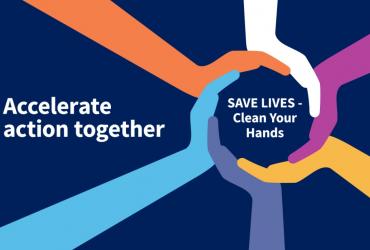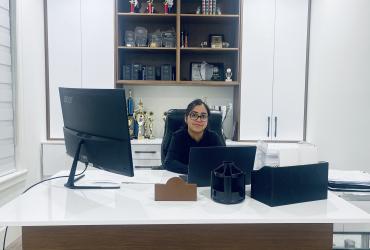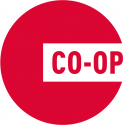As soon as I got the interview, I learned that it would be a panel interview and that I would have to take a short quiz at the end to test my bone knowledge. Panel interviews are similar to regular interviews. At the end of the day, it's the same questions asked, but with more head turning and attention shifting. I practiced the common interview questions using the OLC as well as some more specific questions.
After feeling slightly more confident in my answers, I looked back through my course notes for the quiz. Prior to this position, I took a human functional anatomy, vertebrate evolution, and histology course which all had a section on bone. Human functional anatomy taught me the basic bones and how to tell their laterality. Vertebrate evolution taught me about the differences in animal anatomy between fish, birds, and early mammals. Histology taught me about bone formation, destruction, and how to tell what it looks like under a microscope. I focused my attention more on the vertebrate evolution material since it dealt with animals the most.
Previous Experience
The only experience that I have ever had working with bones in a lab was course related. Even then, we did not spend too long before moving onto muscles, organs, and vessels. I knew of the major bones in the human body as well as their formation and destruction, thinking that this must also be very similar to animals. I read about this position and thought that I could easily apply my human knowledge to other mammals. This would not be the case.











